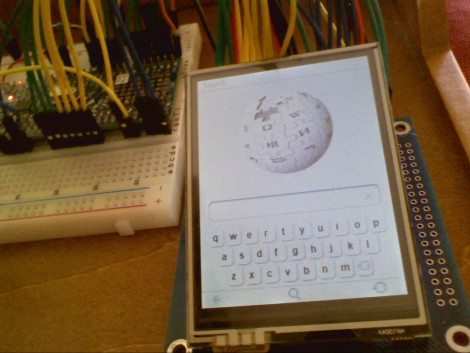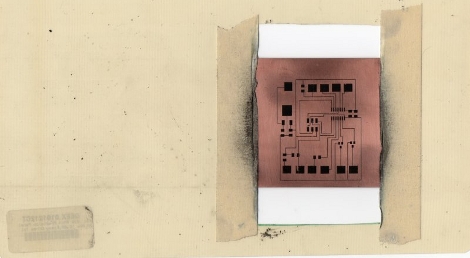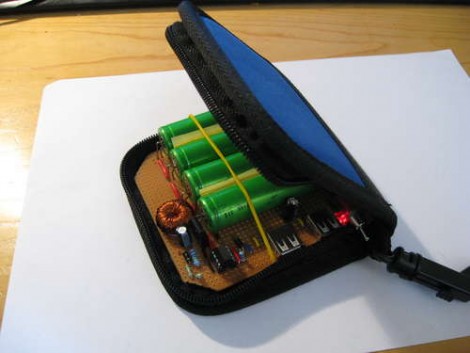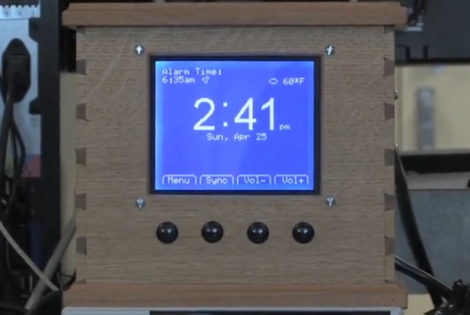
One part inexpensive uC, one part touch-screen, one part Internet knowledge-base all come together to make up this Wikipedia reader. It functions in a very similar way to commercial versions by parsing XML dumps from the popular website to an SD card for use on the device. This is not limited to Wikipedia, but could just as easily be an e-reader. [Rossum] developed the package using an NXP ARM Cortex M0 model LCP1114 microcontroller. They cost just a couple of bucks but pack a 50 MHz punch with 32 KB of program memory and 8 KB of SRAM. If the nanotouch and the AVR iPhone concept didn’t convince you that [Rossum] knows what he’s doing, the video after the break of this newest creation will seal the deal.














